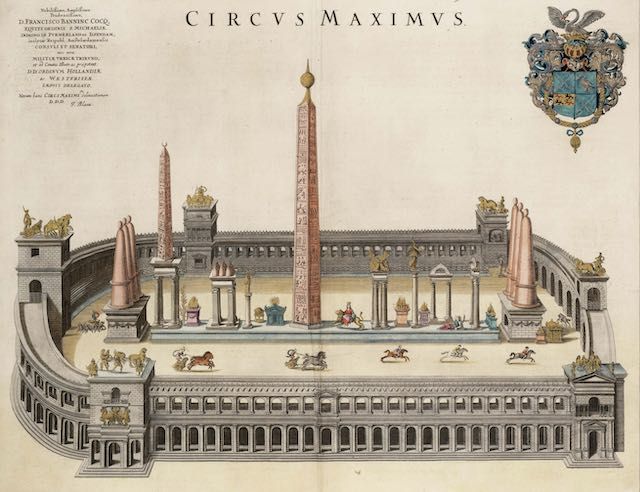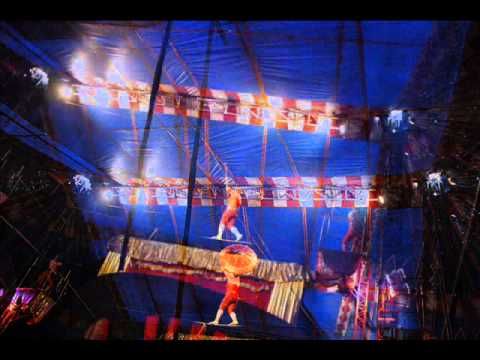While modern circus arts may be a relatively recent phenomenon, the roots of circus performance can be traced back to ancient Rome. In ancient Rome, chariot races and gladiatorial combat were popular forms of entertainment. Performers would also showcase their acrobatic skills and feats of strength, laying the groundwork for the elaborate circus acts we see today.
The Birth of the Modern Circus
The modern circus as we know it began in the late 18th century with the creation of the first modern circus by Philip Astley in London. Astley, a former cavalry officer, combined horsemanship, acrobatics, and clowning in his performances, setting the stage for the circus to become a popular form of entertainment throughout Europe and eventually the world.
Pioneers of the Circus
Throughout the 19th century, the circus continued to evolve and grow in popularity. Pioneers like P.T. Barnum and the Ringling Brothers brought the circus to the masses, dazzling audiences with exotic animals, death-defying stunts, and spectacular performances.
Cirque du Soleil: A New Era
In the 20th century, the circus underwent another transformation with the rise of Cirque du Soleil. Founded in 1984 by Guy Laliberté, Cirque du Soleil reimagined the traditional circus format, infusing it with artistry, theatricality, and spectacle. Instead of animals and traditional circus acts, Cirque du Soleil focused on human performers, creating a unique and immersive experience for audiences around the world.
Modern Circus Arts
Today, circus arts continue to evolve and innovate, with performers pushing the boundaries of what is possible in terms of acrobatics, aerial feats, and physical prowess. Shows like “La Nouba” and “O” by Cirque du Soleil showcase the incredible skill and creativity of circus performers, drawing audiences in with their jaw-dropping performances and stunning visuals.
The Future of Circus
As technology continues to advance and audiences crave new and exciting forms of entertainment, the future of circus arts looks bright. With companies like Cirque du Soleil leading the way in innovation and creativity, there is no doubt that circus arts will continue to captivate and inspire audiences for generations to come.
In conclusion, from its ancient roots in Rome to the modern spectacles of Cirque du Soleil, the history of circus arts is a rich and colorful tapestry of creativity, skill, and showmanship. As circus performers continue to push the boundaries of what is possible, audiences can look forward to even more thrilling and awe-inspiring performances in the years to come.


